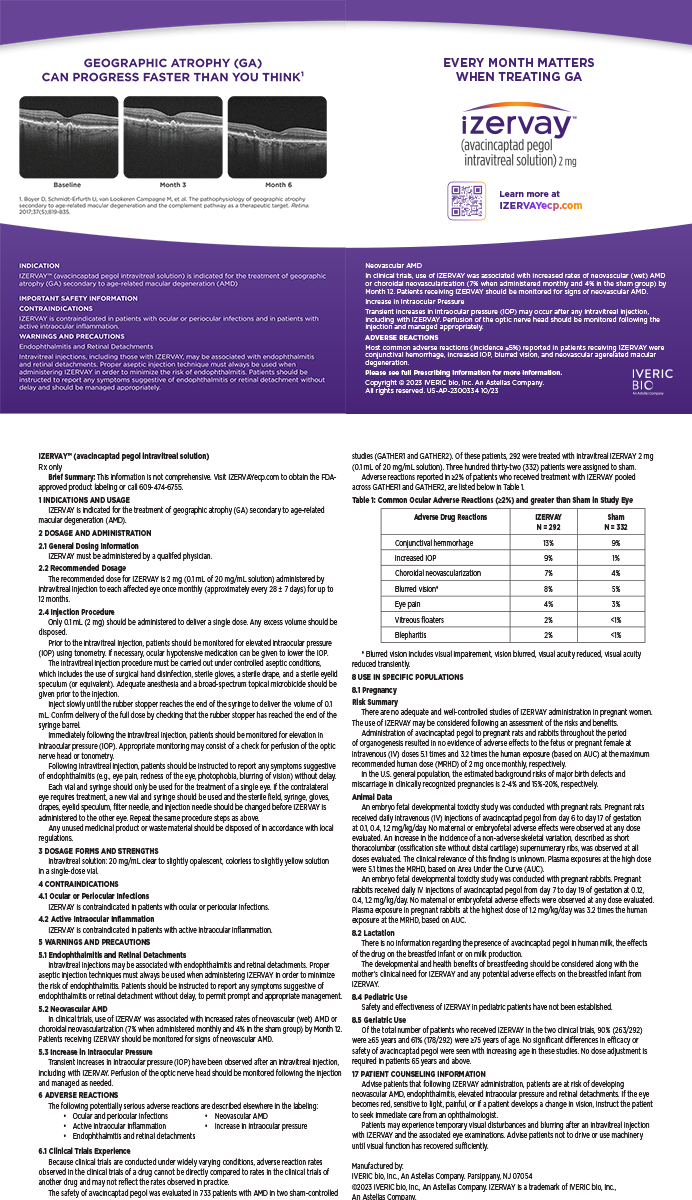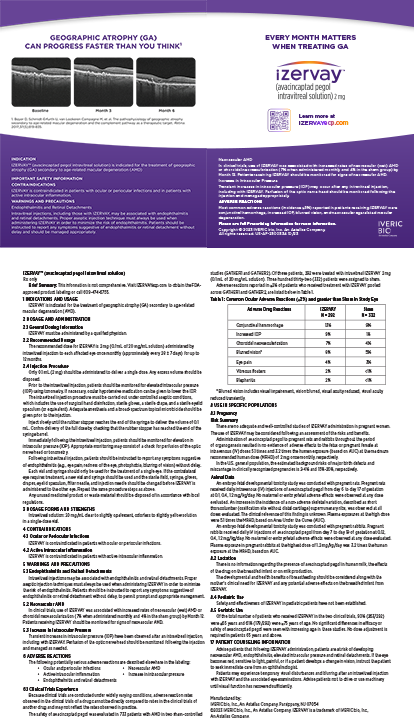
The FDA has a tough job. The administration is entrusted with approving medications and medical devices. These drugs and devices are designed to benefit patients, but the FDA regulators must make sure that these therapies and technologies are as effective as their makers say they are and that they do not cause harm. If regulators approve something too quickly, and a problem emerges, the FDA is accused of rushing the approval process. On the other hand, if the FDA takes its time to investigate a device, and meanwhile it has been approved in Europe or in Asia, then it is perceived as dragging its feet and is lambasted for taking too long. In other words, damned if they do, and damned if they don’t.
Still, some aspects of the FDA’s approval process could be improved. Like many other physicians, I am concerned that the FDA’s regulatory hurdles are impairing patients’ care in this country. This article concentrates on problems with device approval, but many of the same things could be said of drug approval as well.
A HOST OF PROBLEMS
It typically takes 4 to 5 years longer for medical devices to be approved in the United States than in Europe.1 Studies have shown, however, that this difference in approval times does not translate to a difference in safety.1 Clearly, European regulators are doing something right if products are approved more quickly than in the United States without sacrificing safety. The FDA, like most government agencies, has a tendency to become bloated over time. Bureaucratic processes multiply, and without periodic review, these processes can become too strenuous without resulting in additional benefit.
One issue is the FDA’s one-size-fits-all approach. As with most government agencies, regulators want every process to work the same way, but clearly, it should not take the same length of time to approve every product. A simple medical device implanted under a flap on the surface of the eye, for example, should not have to undergo the same rigorous review as a new heart valve, a device that has the potential to kill a patient. With the FDA’s one-size-fits-all approach, certain products take longer to approve than necessary. Because resources are being consumed scrutinizing potentially easier-to-review products, other more important products may be put on the back burner, and the backlog of products to be reviewed grows and grows.
Another roadblock is in the way the FDA collects data. The methods the FDA uses to collect data, the amounts of data, and the types of data that are required add up to about the most inefficient process one could imagine. The FDA is overdue for a review of the quantity of data collected and the format in which it is collected to see whether these processes could be more efficient and informative.
Finally, the FDA must adapt to the times—but nothing in government changes quickly. Some of the designations used for devices and for pharmaceuticals are based on definitions that may be decades old. For example, a health care app for use on a mobile phone is considered a device. Almost assuredly, that app does not need the same sort of scrutiny as a drug-eluting stent, yet the definition remains. Even addressing changes in definitions in a bureaucratic agency can be difficult.
A CASE EXAMPLE
For all of the aforementioned reasons, up-to-date patient care is being impeded by overly burdensome FDA regulations. European doctors have access to technologies that we do not and that we may not have for some time to come.
One glaring example in eye care is the AcrySof IQ Restor Multifocal Toric IOL (Alcon). I was an investigator in the clinical trial for the IOL. This lens often gives patients the ability to see at all ranges without correction, and it incorporates astigmatic correction. It has been available in Europe for 4 years and is available in Canada and many other countries—basically everywhere in the world except the United States.
We finished the first stage of that clinical trial 4 years ago. The data clearly showed that patients were pleased with their results (data on file with Alcon). The patients I implanted in the trial achieved great outcomes. Last year, the FDA’s Ophthalmic Devices Advisory Committee unanimously recommended the lens’ approval.2 The FDA has yet to approve the device. In fact, it recently delayed its decision once again. That the FDA has taken this long to approve this lens is a disservice to patients. Many patients were under the impression that approval would be imminent and so are on waiting lists.
Granted, this would be the first multifocal toric IOL approved in this country, but toric-only and multifocal-only lens implants very similar to the AcrySof Restor Toric are used in cataract patients every day without problems. To my mind, this lens represents a change to an established product line, not a new product. Unlike other regulatory agencies elsewhere in the world, the FDA approached the IOL as a de novo lens, even though the materials, platform, and the dimensions are the same as those of other familiar AcrySof lenses. In my opinion, this should have been a fast-track approval, and it is hard to understand the reasons the FDA would delay it. To have it take this long to be approved is extremely frustrating for patients and physicians.
WORKING FOR CHANGE
There are efforts in both houses of Congress to speed up approvals at the FDA. There is a bill before the Committee on Health, Education, Labor, and Pensions in the Senate that would exempt some products, particularly low-risk medical software and apps, from regulation as a medical device.3
It is hoped that lobbying and engagement of legislators by health professionals, including eye care professionals, can help to move along this bill and other efforts to reform the regulatory process at the FDA. Our patients depend on us to have their best interests at heart, and one way to demonstrate our commitment is to fight for access to the latest, safest, most effective, and most efficient technologies.
1. Emergo. How long it takes the FDA to “approve” a 510(k) submission. http://www.emergogroup.com/resources/research/fda-510k-review-times-research . Accessed September 28, 2015.
2. FDA advisory committee recommends approval for Alcon’s Multifocal Toric Intraocular Lens for cataract patients. November 14, 2014. http://bit.ly/1icvFLK. Accessed September 3, 2015.
3. Medical Electronic Data Technology Enhancement for Consumers’ Health (MEDTECH) Act (S 1101). Congress.gov. http://1.usa.gov/1KbSp8o. Accessed September 3, 2015.
Michael P. Jones, MD
• surgeon and chief operating officer, Quantum Vision Centers, St. Louis, Missouri, and Southern Illinois
• mjones@quantumvisioncenters.com; www.quantumvisioncenters.com


